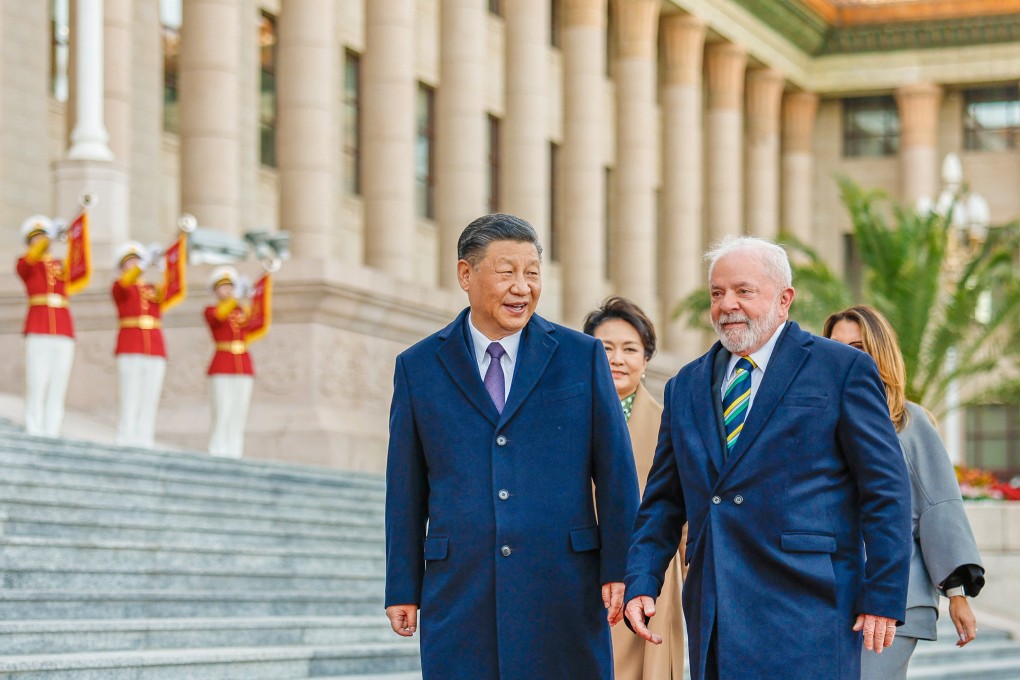Advertisement
Macroscope | How BRICS nations are leading push to free Global South from West’s financial system
- The warm embrace Lula da Silva received in China is the latest sign of relations that could speed up moves within the BRICS countries to create a new global economic architecture, creating greater distance for the Global South from the influence of the IMF and the World Bank
Reading Time:3 minutes
Why you can trust SCMP
19

During his visit to China this month, Brazilian President Luiz Inacio Lula da Silva made no secret of his desire to see the BRICS group of nations provide an alternative development funding mechanism to rival the International Monetary Fund (IMF).
The grouping includes Brazil, Russia, India, China and South Africa, with Saudi Arabia, Iran and Turkey among those believed to be interested in joining.
Lula’s visit to China included a stop in Shanghai, where he attended a ceremony to mark the appointment of former Brazilian president Dilma Rousseff – a close ally of Lula and an economist – as the head of the New Development Bank (NDB). Speaking at the event, he said the NDB “frees emerging countries from submission to traditional financial institutions, which want to govern us”.
Advertisement
The warm welcome Lula received in Beijing, where he met President Xi Jinping, was a sign of the increasingly close relationship between the leading economic powerhouses of South America and Asia.
This could speed up moves within the BRICS countries to create a new global economic architecture that creates greater distance for the Global South from the influence of the IMF and the World Bank – the Bretton Woods institutions – and the US dollar-based international trading system.
Advertisement
Brazil and China reached more than 20 bilateral agreements during the course of Lula’s four-day visit. China is Brazil’s largest trading partner, with the level of trade between the two having increased tenfold since Lula’s first visit to China as president in 2004.
Advertisement
Select Voice
Choose your listening speed
Get through articles 2x faster
1.25x
250 WPM
Slow
Average
Fast
1.25x
